How does creativity work for a professional chef cooking Chinese food?
What was creative culinary life like in the palace kitchens in China? What was the role of tradition and how did other rules and boundaries either restrict or even elevate innovative thinking? When there’s too much choice - a defining characteristic of working from vast and well stocked palace stores - how does a chef find a culinary direction or a theme, and find a space for his specialism?
And what rules and boundaries allow Andrew to innovate in his kitchen? How does his experience mirror the creative lives of imperial chefs in the past or of the Michelin-starred chefs around him?
If you’d like to read more about chefs in the Qing Court:
Rawski, E, 1998. The Last Emperors: A Social History of Qing Imperial Institutions. University of California Press. Pages on food and the court (pp 46-49) can be viewed for free on Google Books
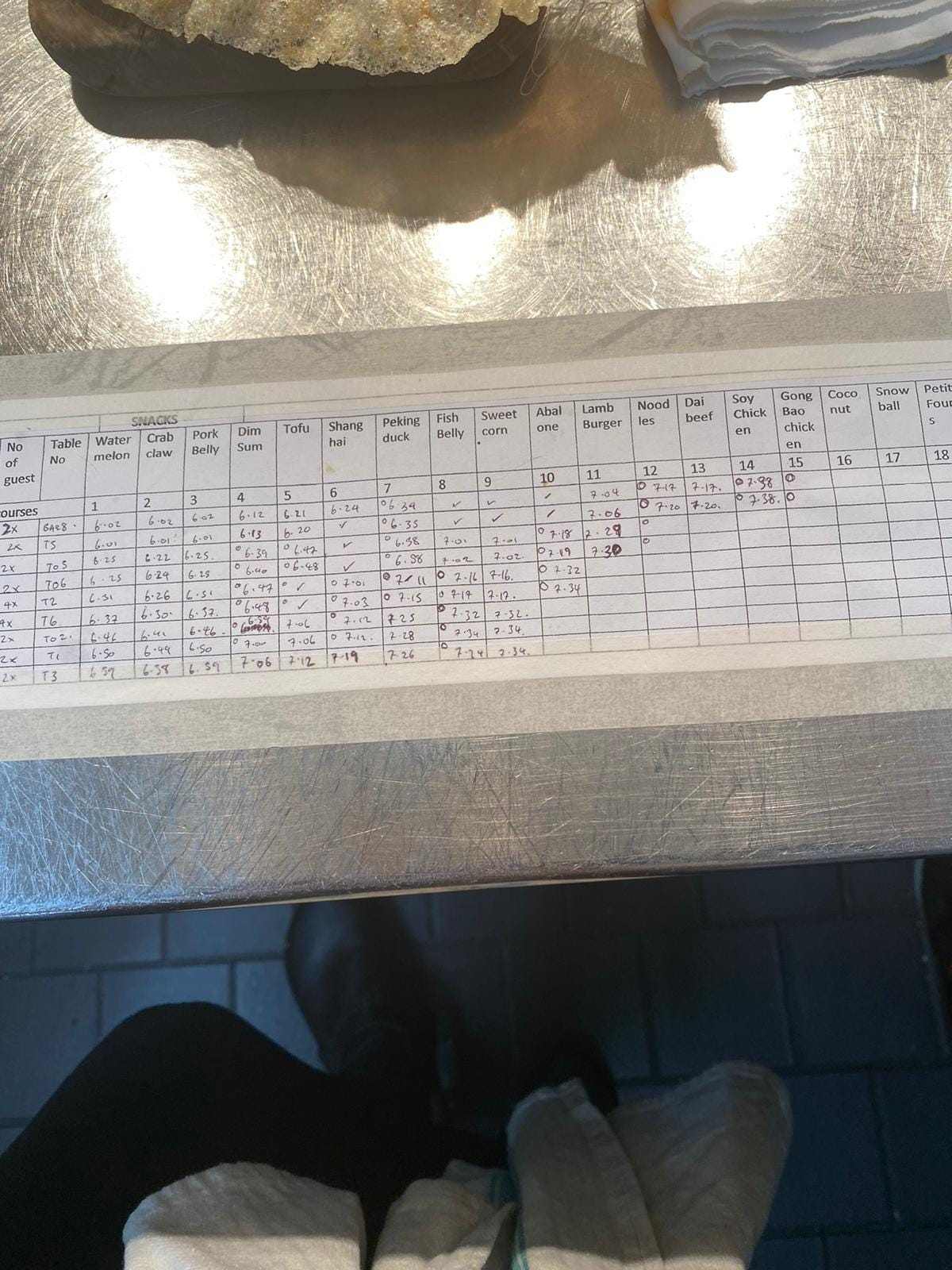
XO Soused is a fortnightly audio newsletter.
Intro and outro music: 遊子 [wanderer] by mafmadmaf.com






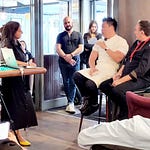
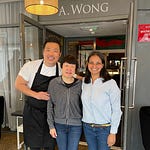

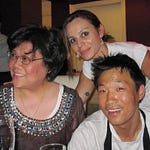
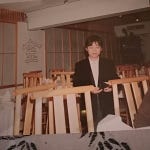
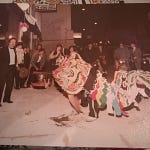

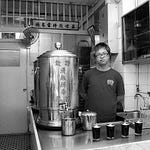
Share this post